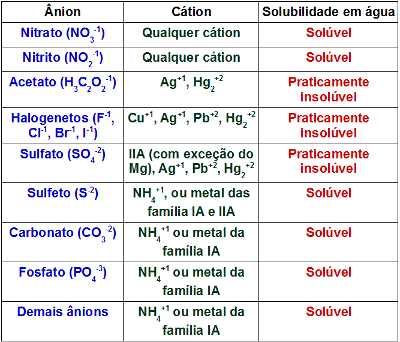Overcome by Raposo Tavares and his companions, they do not renounce their plans: they dream of a Christian civilization of a new type in the lands of America, catechizing Indians, making them live in harmonious communities where they cultivated mate and raised cattle, negotiating both, mainly in Buenos Aires. With the money they got, the priests built more churches, improved the villages, gave to the natives time to make art, learn music, work in ceramics, the way they sought in their vision civilizes them. Even though they were always besieged by the bandeirantes, the missions of the Jesuits survived.
The formation of the reductions did not free the Indians from the attacks of the so-called "encomenderos" which, on the Spanish side, they sought to imprison them to reinforce the contingents of slaves, especially to Buenos Aires and Assumption. And it also attracted the pioneers, who, coming from São Paulo, were also looking for slaves to work in the countryside and in the cities. Attacked from all sides, the reductions would not last for many years in their first phase, having to alter their geography.
With the destruction of the Guairá Reductions by the Bandeirantes Paulistas, the Jesuits managed to gather 12,000 natives and more than 700 canoes sailed along the Paranapanema and Paraná rivers, arriving only 4,000 in Argentina, where they met in the new reductions of MRS. From Loreto and San Inácio. And with this contingent of fugitive Guarani, the demography of the Tape region would later increase.
In 1634, Father Cristobál de Mendonça introduced cattle on the Tape, for extensive breeding, with herds purchased from Manoel Cabral Alpoim.
With the news that the Bandeirantes were in the southern plateau, Father Cristóbal de Mendonça left with the armed natives to discover the strength of São Paulo. The natives of the Jê nation attacked and martyred Father Cristóbal de Mendonça because he entered with armed Indians in Ibia, their hunting ground on 25/04/1635.
In 1636, a new scourge befell the missionaries, when the flag of Raposo Tavares captured Indians from the reductions of Jesus Maria, San Cristóvão and San Joaquim. In 1637, the pioneer André Fernandes preyed on the natives who inhabited the reductions in the Ijuí valley. In 1638, Fernao Dias Pais traveled through the Ibicuí valley, imprisoning missionary Indians. In the same year, the missionaries resisted in Caçapaguaçu, destroying the flag of Pascoal Leite Pais. The Jesuits withdrew the natives to the other bank of the Uruguay River. In 1641 Manoel Pires descended the Uruguay River with his flag, but was caught in Mbororê's trap, returning defeated to São Paulo.
The bandeirantes captured the natives of the reductions because, unlike the other non-reduced ones, they were skilled labor, as they knew agricultural techniques and some profession such as carpentry and pottery. With the restoration of Portugal, in 1640, the meridian of Tordesilhas became valid. To transpose it would be to invade the territory of another king, so the bandeirantes ended their hunting of the native in the southern region. The expulsion of the Dutch from Angola reactivated the slave trade to Brazil.
Text written by Patrícia Barboza da Silva.
Source: Brazil School - https://brasilescola.uol.com.br/historiab/bandeiras-regiao-tape.htm

